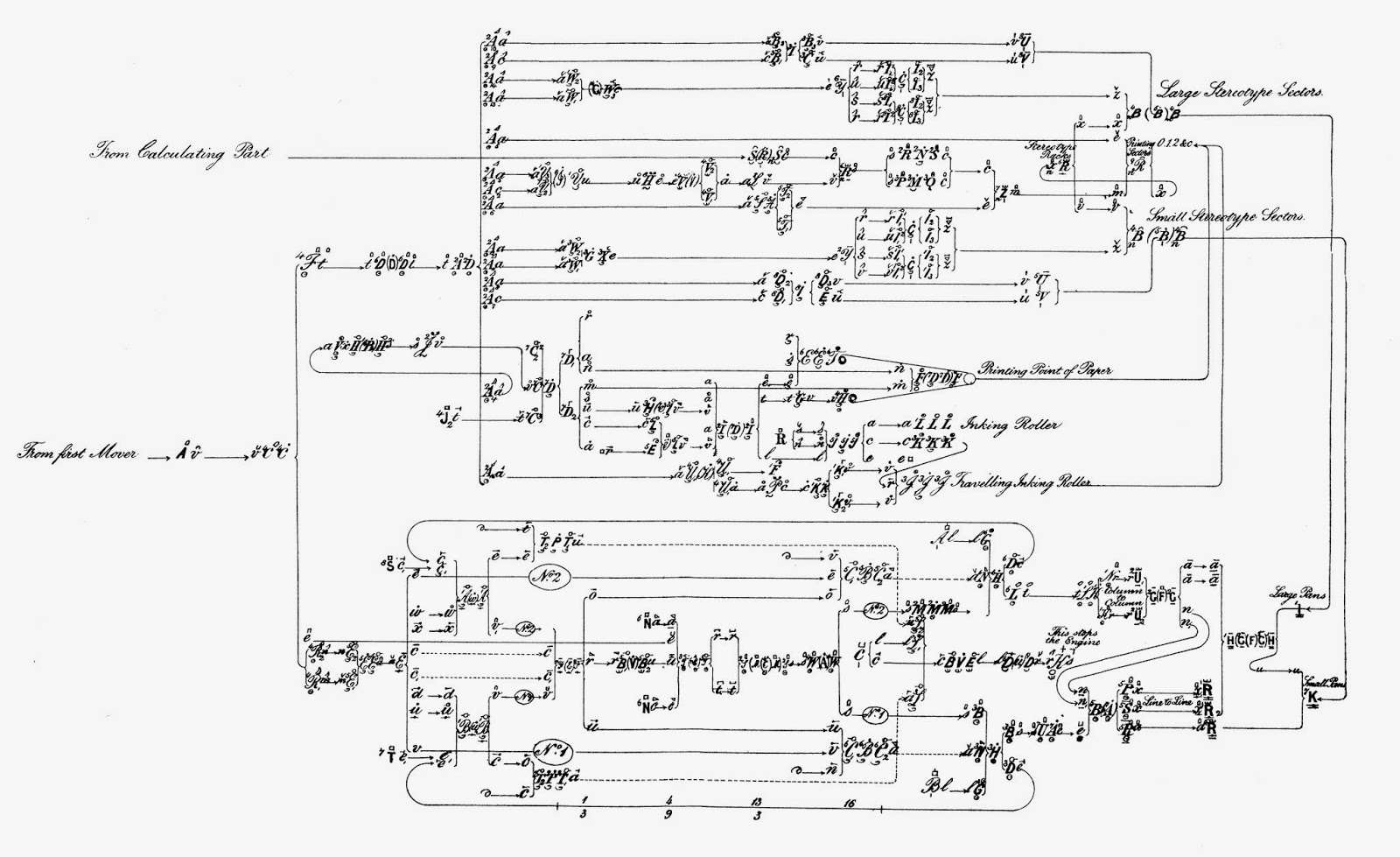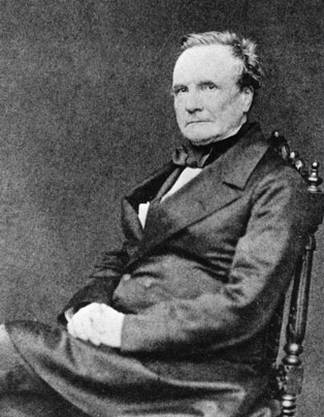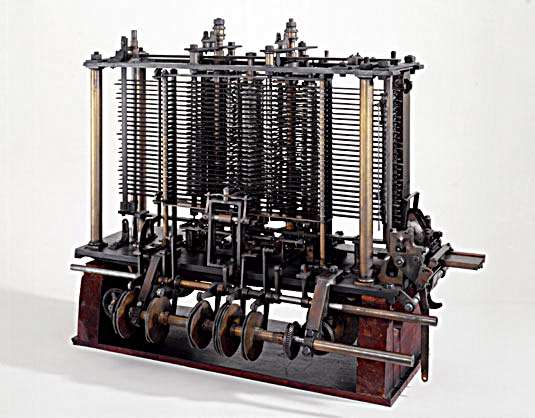| Plan 28 Makes Progress In Understanding Babbage's Mechanical Notation |
| Written by Sue Gee | |||
| Thursday, 23 April 2015 | |||
|
Plan 28 is a project to build Charles Babbage's Analytical Engine by the 2030s, two hundred years after it was originally designed. Recent work has been on Babbage's notational design language, which he considered even more important that the machines themselves.
The idea of creating a fully functioning Analytical Engine two hundred years on from Babbage's original notes and drawings came from John Graham-Cumming, an author, journalist and computer scientist who describes Babbage's invention as the Greatest Machine Never Built. The project's name, Plan 28, is reference to the most complete design for the Analytical Engine among the extensive documentation left by Charles Babbage in a mahogany case that was constructed especially for the purpose. In 2011 the Computer Conservation Society, which has been involved in many historical computer reconstructions in the UK, accepted the construction of the Analytical Engine into its portfolio of projects, agreeing provide expert advice and assistance to the project. The Plan 28 team also includes Doron Swade, who, as curator of computing at the Science Museum in London, masterminded the building of the Babbage's Difference Engine. One strand of the project is a study of Babbage's mechanical notation which, as Swade expresses it, is: key to understanding and building the Analytical Engine. This is being undertaken at Royal Holloway, University of London by a team led by Professor of Computing, Adrian Johnstone, who explained its importance saying: "The notation, or more correctly Babbage's parallel notations showing the geometry, the timing, the causal chains and the abstract components of his machines, have a direct parallel in the Hardware Description Languages developed to aid the design of modern large scale integrated circuits. These languages typically have a geometry facet in which the arrangement of components in space is specified; a register transfer facet which emphasises the interconnection of functional units via registers and memory buses; and a behavioural facet which describes sequences as state machines or in software-like notations." An example of the design language (Adrian Johnstone)
Last month Swade presented a report to the Computer Conservation Society on the recent progress in decoding Babbage's Trains diagrams which can be considered as his ‘flow charts’, revealing: The method we are using involves examining the symbols in the Train that describe a particular mechanism in the Engine (addition, carriage, warning, locking . . ) and from an existing knowledge of the function of the mechanism, infer the usage of the symbols used to describe each part. Progress made to date encourages us to believe that the whole language will yield to this method. He also reports that the team has defined an ASCII-text language which captures and expresses Babbage's hand-written notes - it is called FORTRAC 15. According to Swade: The name FORTRAC derives from the three descriptive elements of Babbage's Notation: Forms are un-dimensioned engineering diagrams and show the shape of parts and their relationship to one another; Trains show the chain of cause and effect within a mechanism; and Cycles show timing and phasing relationships of moving parts. Any resemblance between the name FORTRAC and that of other early formal languages is entirely intentional. He also reports that significant software tooling for is underway, explaining: We envisage inter-linking between graphical icons that are the notational symbols, 3D animations of parts, and FORTRAC15 textual descriptions. As a first stage we are building a tool that allows JPEG images of the notations to be annotated with FORTAC15 textual terms. Using this tool to capture the Difference Engine No 2 (DE2) notations in machine readable form has: exposed omissions, anomalies and ambiguities in the original notational description of the Engine and clarified the scope of what is describable in the notational language.
One of the questions that Plan 28 sets out to answer is whether it would have been possible for Babbage to build the Analytical Engine in the 1830s. Work on designing and constructing an 'alternate' Difference Engine, making use of modern prototyping technologies including 3D printing has indicated that all its parts could have been machined or cast using 1830's technologies. Swade reports: The significance of this to the Analytical Engine project is partly to address the question of ‘how else might Babbage have done this using technology available to him at the time?’ The architecture of the Analytical Engine (1834-1871) conforms identifiably to Von Neumann’s in all major logical respects. This raises the question of whether this architecture contains something fundamental about logical implementation of general purpose digital computing.
The 1910 partial build of the Analytical Engine More InformationProgress on understanding Babbage's Mechanical Notation Related ArticlesThe Greatest Machine Never Built (Video) Plans to build Babbage's Analytical Engine Ada Lovelace, the first programmer
To be informed about new articles on I Programmer, sign up for our weekly newsletter, subscribe to the RSS feed and follow us on Twitter, Facebook or Linkedin.
Comments
or email your comment to: comments@i-programmer.info
|
|||
| Last Updated ( Saturday, 27 January 2018 ) |




